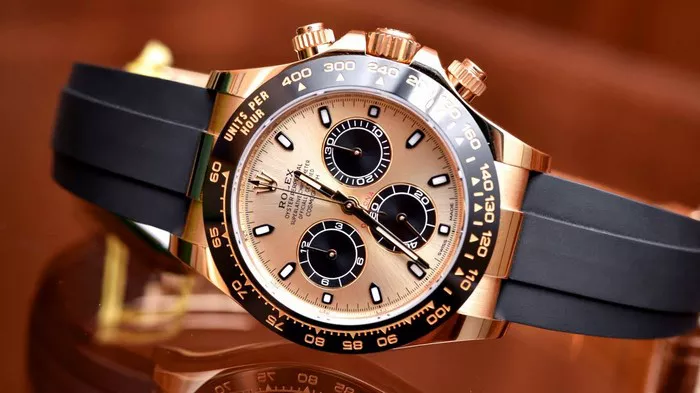The allure of a Rolex watch goes beyond its functionality; it embodies craftsmanship, precision, and a symbol of status. However, the intriguing question lingers: How much does it cost to make a Rolex? In this in-depth exploration, we dissect the components, craftsmanship, and factors that contribute to the production cost of a Rolex timepiece. Delving into the world of luxury watchmaking, we uncover the intricacies that shape the price tag of one of the most coveted timepieces.
1. Swiss Precision: The Heart of Rolex Craftsmanship
Rolex watches are synonymous with Swiss watchmaking excellence. The meticulous craftsmanship and attention to detail contribute significantly to the overall cost of production. Swiss artisans, often with decades of experience, handcraft each Rolex watch, ensuring unparalleled precision and quality.
2. In-House Manufacturing: Vertical Integration
One of the distinguishing factors of Rolex is its commitment to in-house manufacturing. From the movement to the case, bracelet, and even the dial, Rolex produces the majority of its components internally. This vertical integration allows for strict quality control but also adds to the overall production cost.
3. Quality Materials: The Foundation of Luxury
Rolex is renowned for its use of high-quality materials, and every component is crafted with precision. From the 904L stainless steel for cases to the 18k gold for bezels and bracelets, Rolex sources and utilizes premium materials, contributing to the durability and aesthetic appeal of their watches.
4. Perpetual Movements: The Rolex Caliber
The heart of a Rolex watch lies in its movement, often referred to as the caliber. Rolex has developed and perfected its movements over the years, introducing innovations like the Perpetual rotor for automatic winding. The intricate design and precision engineering of these movements contribute significantly to the production cost.
5. In-House Gold Production: A Costly Elegance
For models featuring gold components, Rolex goes beyond using externally sourced gold. The company has its foundry where it refines and produces its gold alloys. This level of control over the manufacturing process adds a layer of exclusivity but also contributes to the cost.
6. Superlative Chronometer Certification: Precision Testing
Rolex watches undergo rigorous testing to earn the Superlative Chronometer certification. This certification guarantees accuracy within -2/+2 seconds per day after casing, a standard far more stringent than the industry norm. The extensive testing processes, including precision adjustments, contribute to the overall cost.
7. Hand-Assembled Finishing Touches: Artistry in Detail
The assembly of a Rolex watch involves meticulous handwork, from setting the hands to attaching the dial. This manual craftsmanship adds a human touch and ensures that each watch meets the brand’s exacting standards. The attention to detail in the finishing touches is reflected in the final cost.
8. Research and Development: Continuous Innovation
Rolex invests significantly in research and development to stay at the forefront of watchmaking innovation. The introduction of new materials, technologies, and features requires substantial financial commitment, and this dedication to innovation contributes to the overall cost of producing a Rolex.
9. Exclusivity and Brand Prestige: Beyond the Watch
The Rolex brand is synonymous with luxury, exclusivity, and prestige. The intangible value associated with wearing a Rolex, the brand’s history, and its position in the luxury market all contribute to the perceived value of the watches. This intangible factor can influence the pricing strategy.
10. Limited Production: Scarcity Adds Value
Rolex strategically controls its production to maintain an air of exclusivity. By limiting the number of watches produced, the brand enhances the perception of scarcity, contributing to the desirability and perceived value of each timepiece.
Conclusion: A Timeless Investment
In unraveling the components and factors that contribute to the cost of making a Rolex, it becomes evident that owning a Rolex is not merely about telling time; it’s about owning a piece of precision, craftsmanship, and history. The meticulous attention to detail, in-house manufacturing, and commitment to excellence make a Rolex more than just a watch – it’s a timeless investment.
As individuals delve into the world of Rolex, they not only acquire a luxurious timepiece but also a symbol of identity and success. The journey from the Swiss workshops to the wrist is a testament to the artistry and dedication embedded in every Rolex, making it a prized possession that transcends time.

